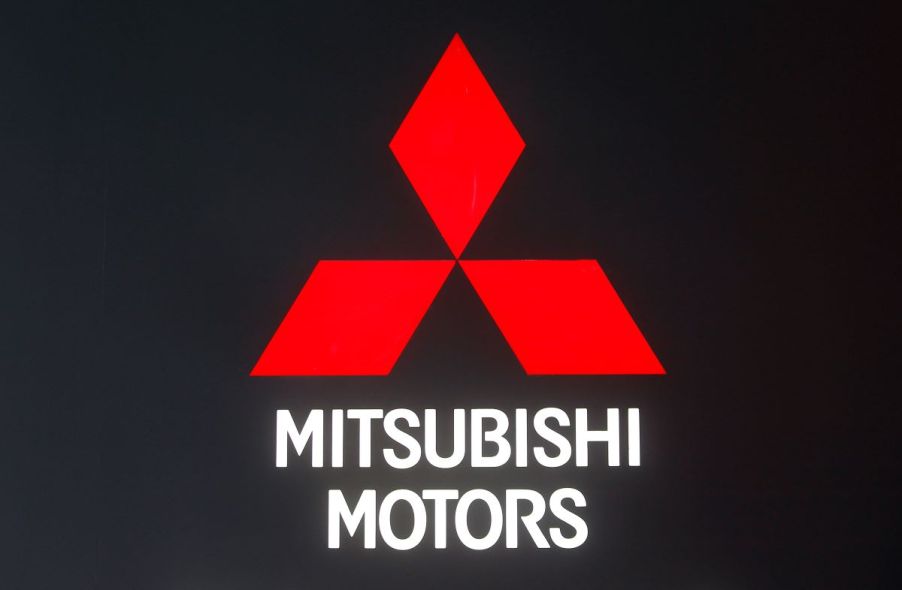
The Mitsubishi With the Lowest Annual Maintenance Costs Is a Van-Wagon Combination
Reliability and maintenance costs are crucial considerations when purchasing a new car. A purchase may appear to be a good deal based on the sticker price, but frequent and costly repairs can erase any savings at the dealership. So, how does Mitsubishi fare regarding routine repairs? According to RepairPal, one Mitsubishi model stands out as having the lowest annual maintenance costs among the brand’s offerings, and it’s certainly an odd one — a van-wagon amalgamation.
Mitsubishi models are among the most reliable
RepairPal bases its reliability ratings of 32 major automakers on three factors — the average annual maintenance cost across the brand’s models, the frequency at which those models require repairs, and the severity of repairs.
Using these factors, the website ranks Mitsubishi as one of the most reliable automotive brands, ranked No. 6 out of 32 automakers.
RepairPal notes the average annual maintenance repair cost for a Mitsubishi model is $535, which is well below the industry average of $652 per year. Mitsubishi’s models have a 12% probability of repairs being considered “severe,” which is average. The automaker’s reliability strength lies in how many visits to a repair shop are needed each year — just 0.2 trips, which is half the average across the industry.
For context, Honda has the top rating among all automakers, with an average annual maintenance cost of $428 across its lineup. Kia is ranked No. 3, and Mazda is No. 5. Mitsubishi’s ranking beats out Toyota at No. 8 and Nissan at No. 9, while Chevrolet and Ford rank No. 20 and No. 21, respectively.
Mitsubishi’s odd Expo van/wagon is the cheapest of its models to run
Surprisingly enough, those who felt the Mitsubishi Mirage/Lancer would make a great basis for a hatchback-wagon-van combo were in luck with the introduction of the Mitsubishi Expo. And it turns out that this strange-looking “van” has its brand’s lowest average annual maintenance costs. RepairPal notes the yearly maintenance required for the Mitsubishi Expo is just $254 per year, less than half of the average across the brand.
The most commonly reported issues for the odd ‘Bishi are that the seat belts may not retract, premature failure of the clutch, and torque converter-related transmission failures. Some other reported issues made by owners on CarGurus are the headlight buzzer not working, radiator leaks, stalling and idle problems, and additional torque converter issues.
The Mitsubishi Expo was an odd duck
Though most car shoppers aren’t going to dish out for a decades-old and odd minivan just to save on maintenance costs, the Mitsubishi Expo would certainly make a unique addition to any garage.
Introduced in 1991, the Expo was available as a four-door or, surprisingly enough, a three-door van. It was powered by a 1.8- or 2.4-liter four-cylinder engine and could be had with front- or four-wheel drive.
Minivans had already made their mark on the American automotive landscape, and the Expo was meant to be Mitsubishi’s entry into the fray. However, even in the earlier era of the minivan, the Mitsubishi was wholly unconventional.
The LRV had just three doors, one on the driver’s side and two on the other. The rear door on the LRV slid backward like a traditional minivan, but the four-door version, the SP, had four traditionally hinged doors. Notably, the LRV’s small stature gave it the appearance of a van that someone left in the dryer too long — its dimensions were tiny even by then-modern minivan standards. Even the long-wheelbase four-door version seemed to be an amalgamation of a wagon and MPV.
Perhaps its odd proportions were a factor in its rather unimpressive sales figures. GoodCarBadCar notes 9,419 models were sold in 1992, which proved to be the Expo’s banner year — just two years later, sales weren’t half of that. By 1995, the Expo was cut from Mitsubishi’s lineup, and it now remains a mostly forgotten but certainly unique product of the early minivan craze and the early 1990s.




